7 villages emptied by the Highland Clearances
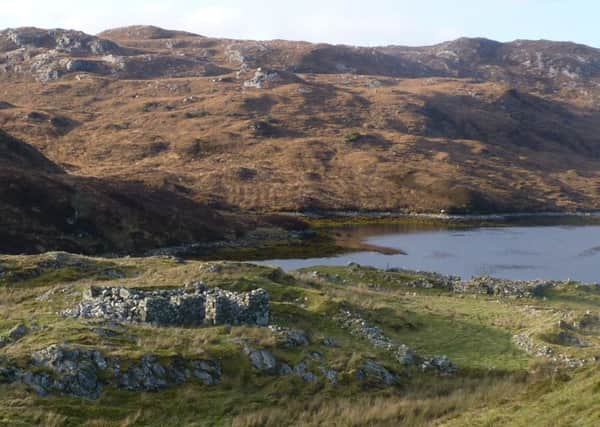

We take a look at seven locations across Scotland where the echoes of those lost communities can still be experienced.
Boreraig, Isle of Skye
Broken settlements can be discovered all over the Isle of Skye as this most scenic of Scottish islands suffered greatly during the era of the Highland Clearances.
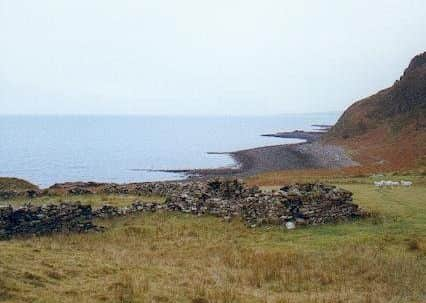

Advertisement
Hide AdAdvertisement
Hide AdLocated just south of Broadford, Boreraig is not the easiest settlement to get to due to a distinct lack of nearby roads, but with views of the stunning Cuillin mountain range, the walks are tremendous and absolutely worth the effort.
The former settlement was forcibly cleared in the 1850s along with the neighbouring village of Suishnish, which is just a 15-20 minutes walk to the west. Records state that there were 22 households in Boreraig and if you go there today you will see the remains of most of these are still standing. Their ghostly shells can even be clearly made out on Google Earth. Boreraig waved goodbye to its last residents in 1877. A popular circular walk of about 8–9 miles takes in Boreraig, neighbouring Suisnish and Kilbride.
Arichonan, Argyll
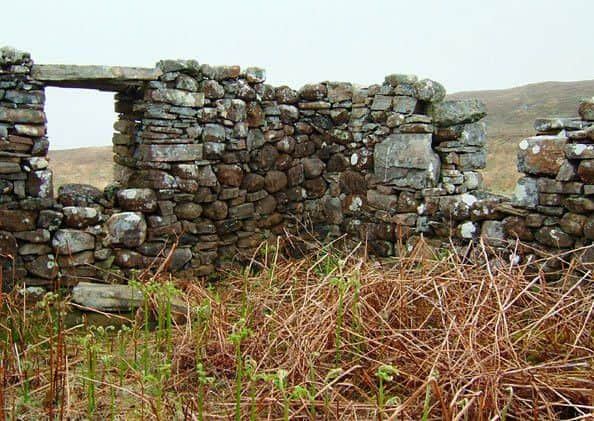

Located off the remote B8025 and boasting fine views of Argyll’s picturesque Caol Scotnish, the abandoned township of Arichonan was the scene of a riot during the Clearances.
As elsewhere, the inhabitants at Arichonan did not take kindly to the prospect ditching their homes to make way for sheep grazing, and when landowner Neil Malcolm of Poltalloch terminated his leases on Whitsunday 1848 things turned sour. With dogged determination his tenants refused to budge and a riot ensued. Police were then sent in to quell the spirited rebellion and many Arichonan residents were later imprisoned.
The terrain around Arichonan features some great forest paths and tracks and the village itself is located just a few miles north of the yachting harbour at Tayvallich.
Crackaig, Isle of Mull
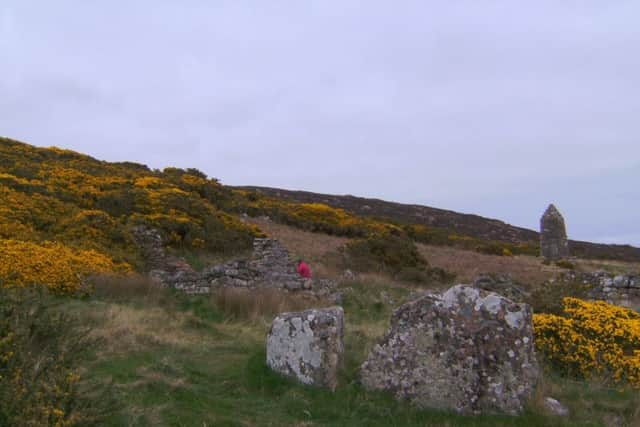

Once a thriving village, Crackaig on the Isle of Mull is peppered with the eerie, crumbling remains of residential dwellings. Mull suffered massively during the Clearances and Crackaig is certainly not alone in terms of visible remnants, however, it is among the largest and best preserved.
Asides from many of its inhabitants being forcibly removed, it’s understood that Crackaig was also devastated by an outbreak of typhoid in the late 19th century. Those affected were contained within a single house in the community.
Badbea, Caithness
Advertisement
Hide AdAdvertisement
Hide AdOne of the more northerly villages on our list is Badbea, a former settlement perched precariously on the cliff tops of Berriedale on the east coast of Caithness.
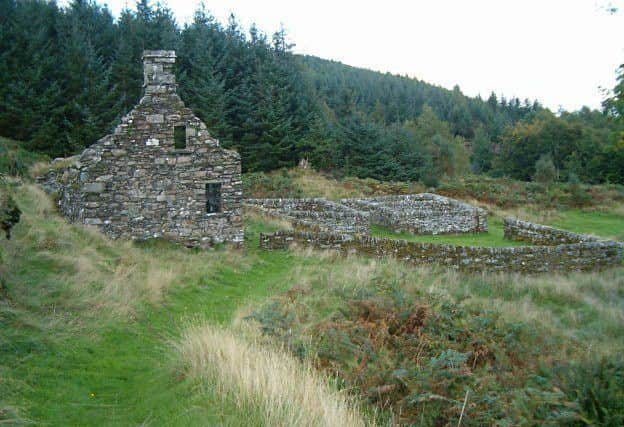

Badbea was not the easiest place to survive. Aside from being difficult to farm, the rugged location was constantly battered by high winds, leading many residents to tether their livestock and even small children to prevent them from being blown off the high cliffs.
Interestingly, the population of Badbea did not suffer during the initial years of the Highland Clearances, rather it swelled. Badbea became a clearance village, a home for those evicted from other settlements in the nearby district and beyond. Living conditions suffered as a result of hastily-constructed dwellings.
Badbea’s population fell drastically in the years after 1850, with many of its families emigrating abroad. The last resident departed in 1911 and today a barren ghost village of crumbling stone houses is all that remains.
In 1845 The Scotsman wrote about the crofter in disparaging terms, emphasising the poverty before concluding that: “The children grew up as idle, indolent and ignorant as their parents, to lead the same useless and comfortless lives.”
Visitors are advised to stay well away from the edge of the cliffs.


Shiaba, Isle of Mull
Shiaba on the Isle of Mull was once home to a community of over 350 people, but today it lies as a haunting ruin with small clusters of sheep making up the only major signs of life.
Advertisement
Hide AdAdvertisement
Hide AdThe village here is sited on what was considered the most fertile strip of land in the entire district and was once home to a large crofting community. Among the surviving buildings here is the former schoolhouse, which would have provided the local children on Shiaba with a welcome, albeit basic, education.
In 1845 the Duke of Argyll ordered an eviction notice and within just two years had managed to clear 90% of the residents to make way for sheep farming. By the start of the 1860s, only three families remained. Occupying the shepherd’s cottage, the very last family moved out in 1937.
Professor Tom Devine, one of Scotland’s leading historians, considers the area to be “achingly beautiful”, but more importantly calls Shiaba “a fantastic laboratory for looking at the clearances and the most significant site in the western Highlands.”
Situated around 3km east of Scoor House on the south coast of the Ross of Mull, the views here are magnificent and take in a multitude of iconic locations from Beinn an Aoininigh and the Carsaig Arches to Islay and Jura.
Strathnaver, Sutherland
The township at Strathnaver met a brutal end when, in 1814, the Duke of Sutherland ordered its destruction. Several contemporary accounts make mention of the ‘barbarous’ acts which ensued during the process.
The accounts of clergyman Donald MacLeod is perhaps the most graphic: “I saw the townships set on fire. Grummore with 16 houses and Archmilidh with four. All the houses were burnt with the exception of one. A barn. Few if any of the families knew where to turn their heads or from whom to get their next meal. “It was sad, the driving away of these people. The terrible remembrance of the “Burnings” of Strathnaver will live as long as a root of the people remains in this country.”
Stiomrabhaigh, Isle of Lewis
The abandoned crofter’s community at Stiomrabhaigh lies in the scenic Pairc estate situated south of Lochs on the Isle of Lewis. The 1851 Cenus shows that the township consisted of 16 dwellings and 81 residents. They had all disappeared within just seven years. A large number of buildings still stand today, the physical evidence of what was once a bustling little community of crofters and their families.